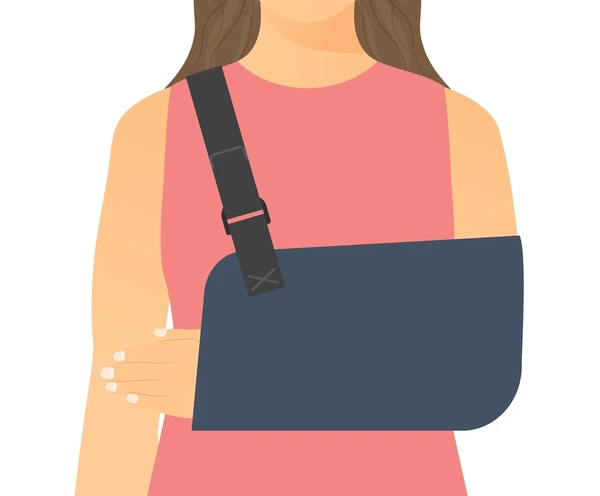What Can I Expect After a Shoulder Replacement?
One of the most common questions for patients considering a shoulder replacement is “What can I expect?” This is a great question as people should know what they are getting into before considering a shoulder replacement. There are two parts to this.The first part is understanding the surgery itself and the recovery period. These are things like what the surgery entails, the number of days in the hospital, when one can shower, how long before one can drive, and how long it takes to heal. In my practice at Oregon Shoulder Institute, I believe that all patients should know these answers before having surgery of any kind. We cover these items in clinic and also provide detailed information about common asked questions so that people know exactly what to expect.The second part is understanding the expected results and being comfortable with their surgeon. Multiple studies have shown that outcomes after surgery vary by the surgeon and the facility. Generally speaking, a surgeon who does more of one procedure is more likely to be good at it, and therefore results are typically better with higher surgeon volume. We have taken our analysis one step further than volume and looked at our results of shoulder replacement as it pertains to infection rates, pain scores and how it feels to the patient.One of the biggest fears after joint replacement is infection. Studies report an infection rate of 1-4% after shoulder replacement. Our infection rate, however, is less than 1% or fewer than 1 in 100 patients.We also look at the function of our patients. One way to evaluate this is pain scores. As seen in the graph below (Figure 1), on average our patients report 6.6 out of 10 pain prior to surgery and at 1 year after surgery their pain is 1.5 out of 10. This is a big difference!

Figure 1. Pain after shoulder arthroplastyWe also ask patients is how their shoulder compares to normal. That is called a SANE score or SSV and is a validated questionnaire for the shoulder. As seen below (Figure 2), our patients report that their shoulder is 28% of normal prior to surgery. One year after shoulder replacement, they report that it is 84% of normal on average.

Figure 2.Total Shoulder Arthroplasty
Similar posts



